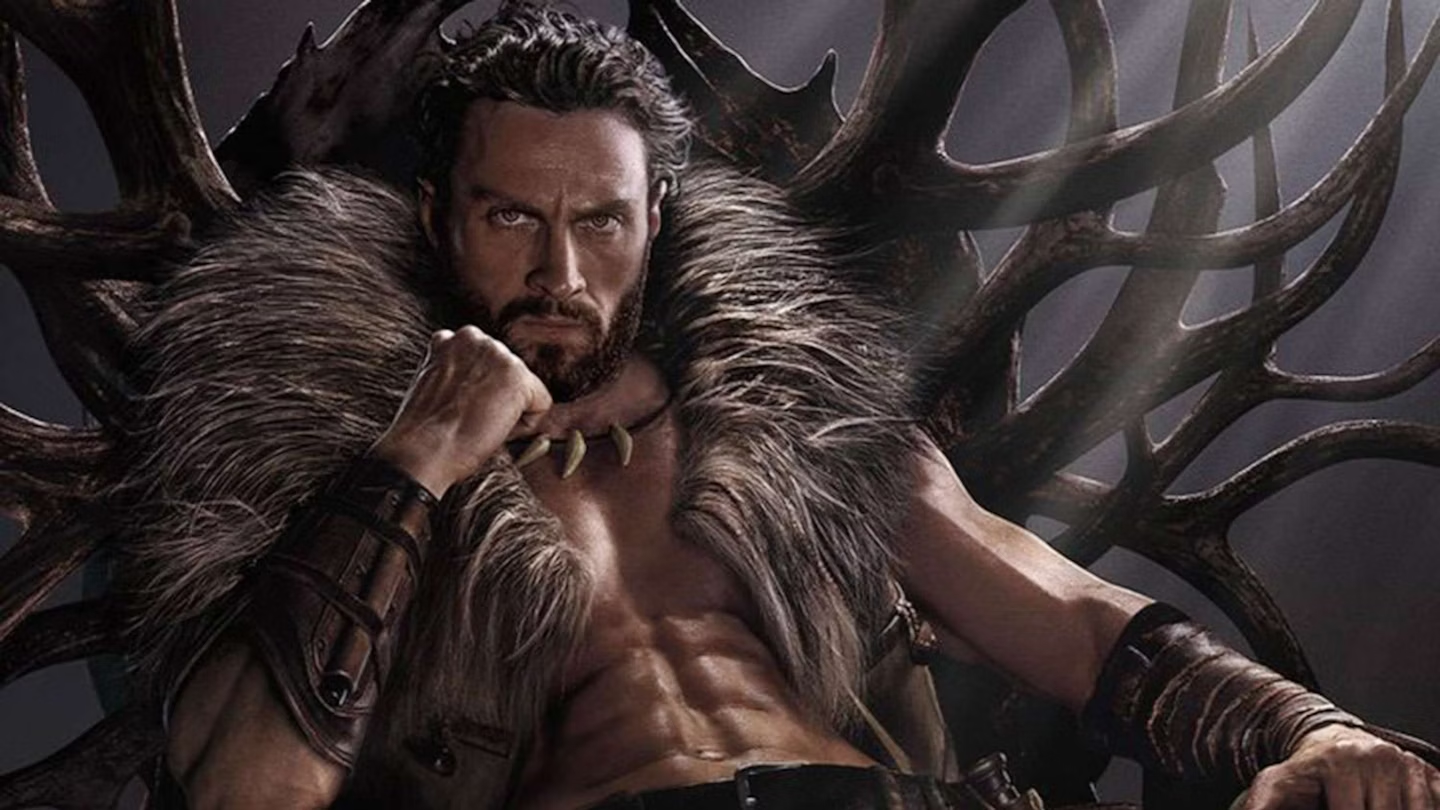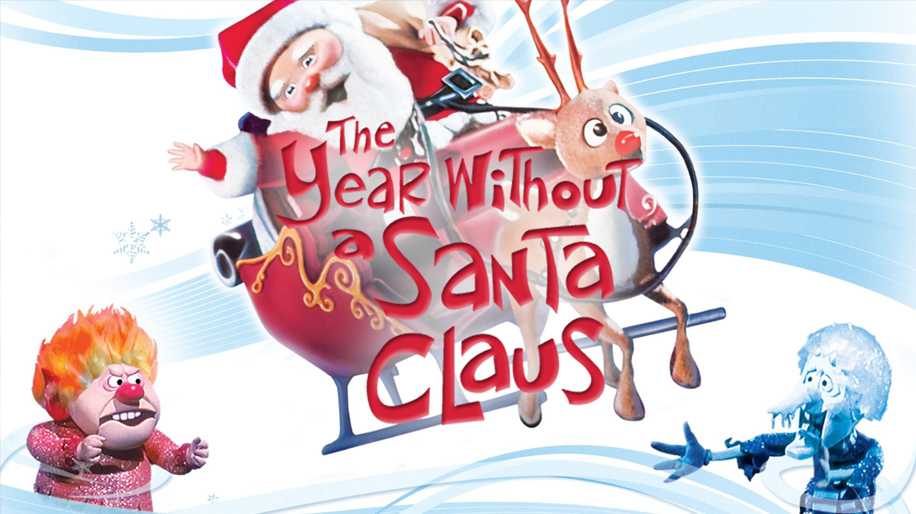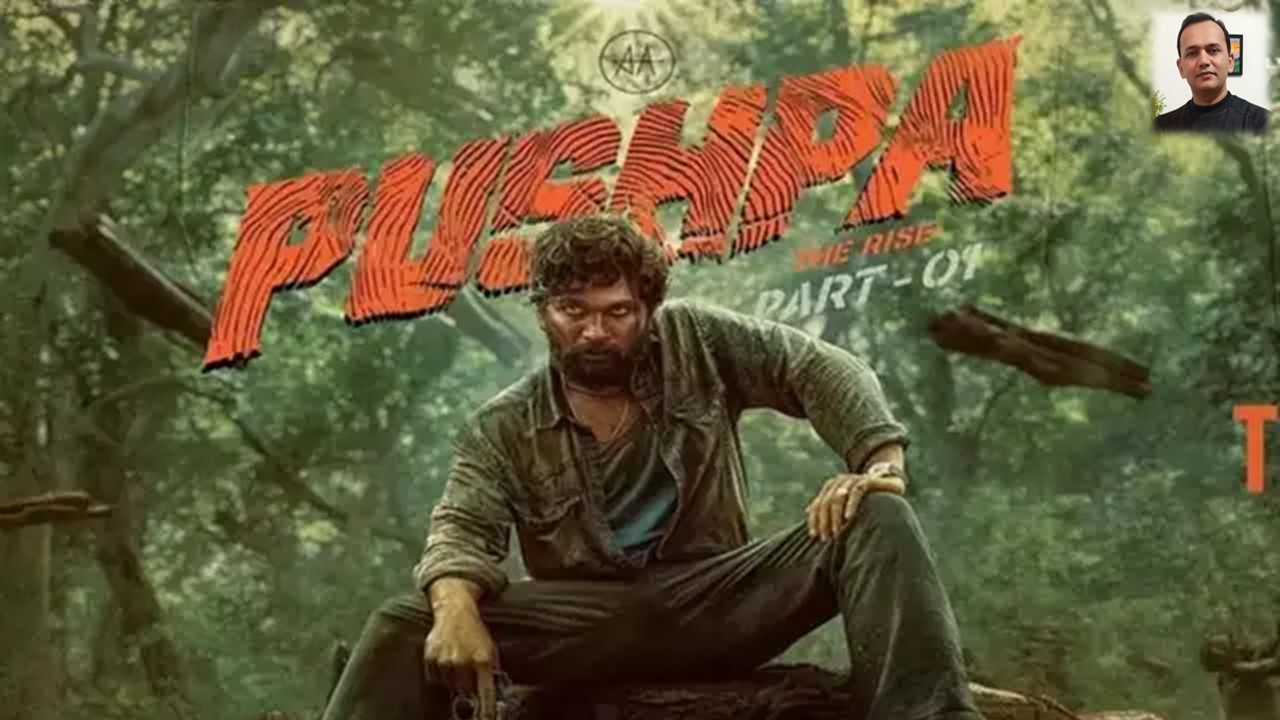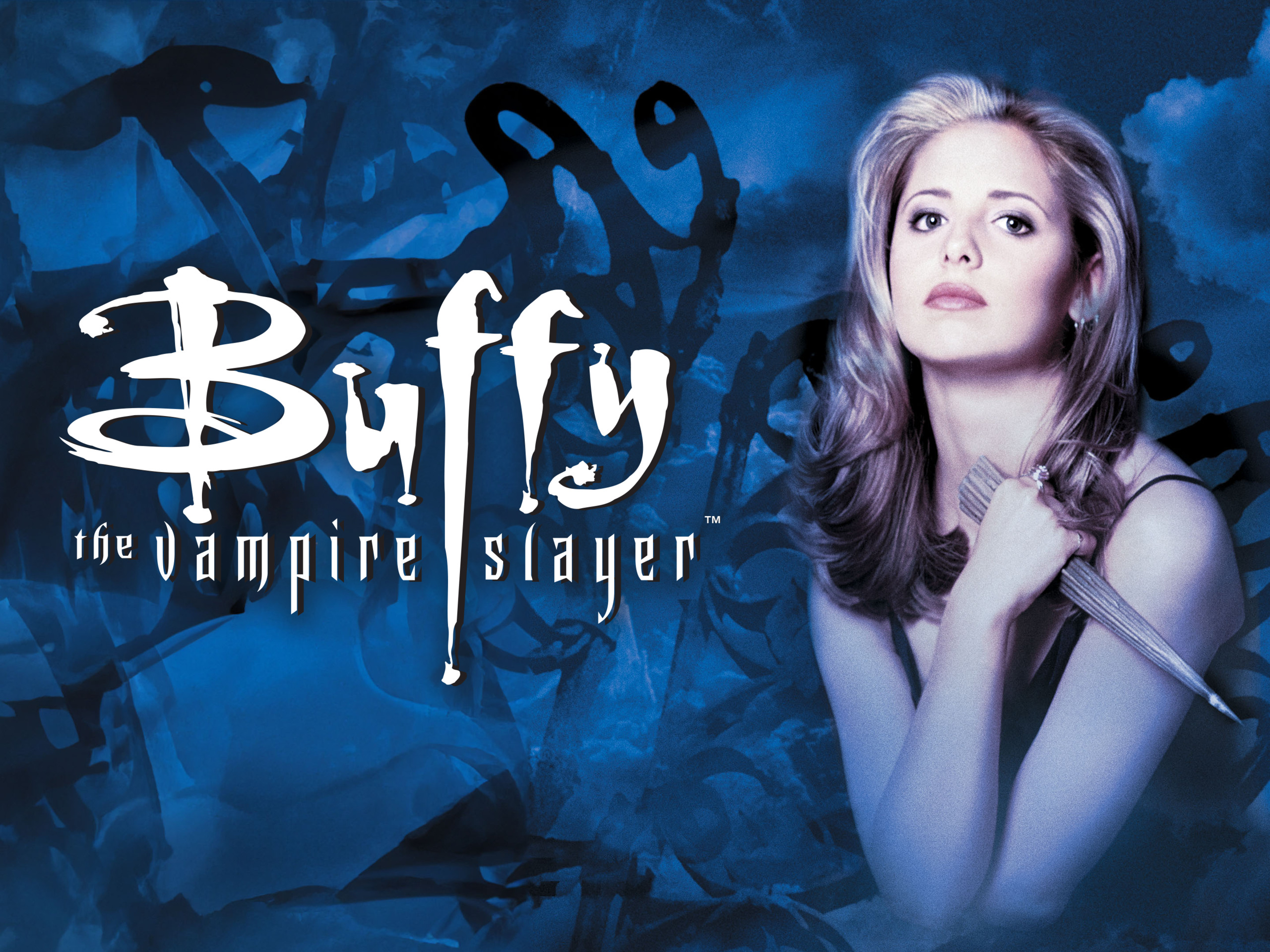Spoof and parody movies have, in recent years, gone right down the toilet. Movies like the Scary Movie franchise and not another whatever movies have ruined the art of the spoof and parody. Those movies capitalize on the recent trends and pop culture and think topical humor would make good movies; scratch that, they think its an easy cash grab. Instead of implementing timeless stories and plots, let’s parody a commercial with a basketball (I remember the commercial but no idea what it was selling since it’s been over a decade).
The only way to watch good parody and spoofs is to watch the classics where characters were acting like what they were doing and saying was supposed to be an everyday normality. Movies like Airplane and the Naked Gun franchises work is because the actors were treating it as if they’re supposed to say it straight and not be overly goofy. One of the earliest movies that seemed to implement the strategy is Attack of the Killer Tomatoes. This movie is a parody/spoof movie that takes Hitchcock tropes from his The Birds movie and incorporate it into a sci-fi comedy musical. Did it work and does modern audiences even feel any kind of inclination to want to watch a movie with such a goofy title? Let’s look at the plot, the comedy and whether or not it will be funny for modern day audiences. Let’s sit back and see if this movie is ripe (puns are funny) as we review the movie, Attack of the Killer Tomatoes.
The plot of the movie is quite different and makes the movie quite interesting. We have mutated tomatoes on the loose throughout the USA and they are attacking and killing people with no remorse. It’s up to the government and a selected few agents to find a cure or solution to the tomato problem and end it before more and more people get killed and hurt. The movie is trying to be a comedy and spoof version of The Birds.
The movie has this feel of anxiousness because we jump from scene to scene with almost as little context as possible; whether we’re showing different short snippets of people getting attacked by the tomatoes or to government buildings and senate hearings and the president sitting in the oval office. The pace of the movie works to its advantage so it can show the “dire” situations of the tomato problem and also compress all these different scenes in as well to make it a longer feature. Are there scenes that weren’t needed in the movie? There were a couple of scenes that didn’t add to the movie and felt unnecessary, but, it doesn’t harm the movie. It makes you want to think, okay, that missed, but, what else do they have to offer. The plot was explained decently with some surprises along the way but, once we got the story out there and no more setup scenes, the pace slowed down and it was a lot more easy to follow who the characters are and what their purposes are.
The comedy of the movie is fantastic. The opening credits has an operatic singer singing the killer tomato song, which the song itself is so goofy that I am genuinely tickled by it. The actors were playing straight characters (not the goofball) and they were just thrown in funny situations (similar to Airplane). Some of the comedy (without spoiling the movie), features government officials having to get on the desk in order to reach their seats because the room is way too small, a paratrooper constantly in his uniform with the parachute always deployed, mocking Donny Osmond going through puberty, etc.
Watching this movie, I can see where movies like Mars Attacks took some ideas from (mostly the loud pitch song to drive the creatures into a weakened state). Not only is the one liners and action funny, but, its also a musical! Yes, a sci-fi comedy musical. There are a couple of scenes where people will break into songs and sing about what’s going on in the scene and what they hope to accomplish. One scene features a commercial public relations head honcho sing about consumerism and people will listen to whatever he says. Another is when the army is facing great odds against the tomatoes, one soldier solemnly sings about American history in war and like that, it turns into a cabaret/early rock and roll boogie woogie style all about what they’re going to do to the tomatoes when they come face to face with them. It came out of nowhere and I was very happy it did.
Comedies are very hard to write. It’s all subjective and in the PC age, one has to be careful not to offend anyone or else it can lead into a trigger attack and people smearing posts on the internet and whatnot. Most of the comedies in this generation are ingrained in pop culture and drugs and innuendos. Sometimes, we need to take a step away from what’s easy to write and think in twenty years, would this still be funny or would it be outdated? When watching Attack of the Killer Tomatoes, I laugh at the scenes that needed to be.
The jokes are funny due to great writing, and the actors portraying their tough exteriors in scenes that are so out there that the audience would have no choice but to laugh at the absurdity. This movie has timeless jokes and antics that don’t get old no matter how many years has passed. This movie was made in 1977 and in the year 2017 (40 years), I was able to enjoy the jokes and humor this movie offers because it wanted to be funny and timeless, not topical and the local fad. People of this generation and next should be able to sit down and find enjoyment in this movie whether it be the absurd premise or the musicality or the goofiness of some of the characters. Attack of the Killer Tomatoes should be on equal or close to equal par with other successful movies like The Kentucky Fried Movie and Airplane. It’s got a cult following, and one day, it won’t just be a cult phenomenon but will somehow break the glass and just be a forgotten gem that the public would enjoy.
Attack of the Killer Tomatoes is currently streaming on Amazon Prime.

Movie
Is ‘Kraven the Hunter’ a Total Letdown?

“Kraven the Hunter,” directed by J.C. Chandor, aims to introduce a beloved Spider-Man villain to the big screen, but unfortunately, it falls short of expectations. The film suffers from noticeable issues, notably an overuse of ADR (Automated Dialogue Replacement), which detracts from the authenticity of the characters’ interactions and contributes to an uneven audio experience. This technical flaw is compounded by rough storytelling that feels disjointed and lacking in coherence, leaving viewers struggling to connect with the narrative.
Aaron Taylor-Johnson delivers a commendable performance as Kraven, showcasing the character’s gritty nature and complex motivations. His portrayal has potential, and it’s evident that he could elevate the character far beyond what is presented with a stronger script and direction. However, the absence of Spider-Man, a central figure in Kraven’s lore, leaves a void that the film struggles to fill. Without this critical connection, the plot meanders and fails to create the tension or stakes that fans of the superhero genre crave.
Additionally, including Rhino as a villain feels like a missed opportunity; he is presented more as a gag character with limited screen time, undermining any sense of threat or depth. For the average moviegoer, “Kraven the Hunter” might entertain but ultimately feels like a mediocre viewing experience. Comic book fans, however, may find disappointment in this lackluster attempt to create a solo character film. Instead of an exhilarating dive into Kraven’s world, the film presents a watered-down version, leaving audiences wishing for a more cohesive vision that honors its comic book roots.
Movie
A Brief Review and History of A Year Without a Santa Claus

A Year Without a Santa Claus, the 1974 stop-motion holiday classic produced by Rankin/Bass, is a heartwarming and whimsical tale that has cemented its place in holiday traditions. Based on Phyllis McGinley’s 1956 book, the story revolves around a disheartened Santa Claus who, feeling unappreciated, decides to take a year off from his Christmas duties. It’s up to Mrs. Claus and a pair of well-meaning elves, Jingle and Jangle, to reignite the Christmas spirit and show Santa the world’s unwavering belief in him.
The movie is beloved for its unforgettable characters, especially the bickering Miser Brothers, Snow Miser and Heat Miser. Their catchy, vaudeville-style musical numbers, “Snow Miser Song” and “Heat Miser Song”, are so iconic they’ve become cultural touchstones, often parodied and celebrated decades later.
Directed by Arthur Rankin Jr. and Jules Bass, the film continues the duo’s tradition of stop-motion magic, blending heartfelt storytelling with quirky humor. The voice cast, featuring Mickey Rooney as Santa and Shirley Booth as Mrs. Claus, delivers standout performances. Booth’s warm narration was her final acting role before retirement, adding a layer of poignancy to the film.
Initially released on December 10, 1974, on ABC, the special didn’t immediately achieve the legendary status of Rudolph the Red-Nosed Reindeer. However, it gained a dedicated following through annual holiday airings, nostalgic appeal, and its distinct charm.
The film’s themes of hope, unity, and rekindling joy remain timeless, making it a perennial favorite for audiences of all ages. Its blend of humor, catchy songs, and a touching message about believing in magic and goodwill ensures its enduring legacy during the holiday season.
For fans of holiday classics, A Year Without a Santa Claus is a must-watch that never fails to warm hearts and spread cheer.
Streaming
Review: Pushpa: The Rise (2021)

Director: Sukumar
Cast: Allu Arjun, Rashmika Mandanna, Fahadh Faasil
Genre: Action, Drama
Rating: 4.5/5
Pushpa: The Rise is a raw, adrenaline-fueled ride that showcases the underbelly of the red sandalwood smuggling trade in Andhra Pradesh. Directed by Sukumar, this movie brilliantly blends high-octane action with emotionally driven storytelling, making it a must-watch for fans of Telugu cinema and action dramas.
The narrative follows Pushpa Raj (Allu Arjun), a laborer in the red sandalwood trade, as he climbs the ranks to become a powerful figure. Born into poverty and scorned for his illegitimacy, Pushpa’s journey is marked by grit, ambition, and a fierce sense of self-respect. The film deftly balances the action-packed rise of Pushpa with moments of vulnerability, particularly in his tumultuous romance with Srivalli (Rashmika Mandanna).
The antagonist, Bhanwar Singh Shekhawat (Fahadh Faasil), is introduced towards the film’s end, setting the stage for a gripping sequel. The climactic confrontation between Pushpa and Shekhawat is a masterclass in tension-building, leaving viewers eagerly awaiting Pushpa: The Rule.
Allu Arjun: This is Allu Arjun’s film through and through. His transformation into Pushpa is a revelation, from his rugged look to his unapologetic demeanor. His mannerisms, including the now-iconic shoulder rub and dialogue delivery, make Pushpa an unforgettable character.
Rashmika Mandanna: While her role as Srivalli adds emotional depth to the story, it feels slightly underutilized. However, her chemistry with Allu Arjun is undeniable.
Fahadh Faasil: Despite limited screen time, Fahadh delivers a chilling performance as the cold and calculating Shekhawat. His presence promises an explosive conflict in the sequel.
Sukumar’s direction is stellar, balancing mass appeal with nuanced storytelling. The screenplay maintains a brisk pace, seamlessly weaving action sequences with character development. The film’s raw and grounded tone is a departure from the glossy feel of many mainstream Telugu films, adding authenticity to the story.
Mirosław Kuba Brożek’s cinematography is stunning, capturing the lush forests of Andhra Pradesh and the gritty world of the red sandalwood trade.
Devi Sri Prasad’s music is another highlight. Tracks like “Srivalli” and “Oo Antava” became cultural phenomena, while the background score enhanced the film’s intensity.
Action Sequences: The action choreography is visceral and hard-hitting, perfectly complementing the film’s tone.
The film explores themes of ambition, class struggle, and self-respect. Pushpa’s refusal to bow down to societal norms resonates deeply, making him a relatable anti-hero. The story also critiques the systemic exploitation of laborers, adding a layer of social commentary.
Pushpa: The Rise is an exemplary action-drama that redefines the Telugu film industry’s global appeal. With a magnetic performance by Allu Arjun, stellar direction by Sukumar, and unforgettable music, it stands out as one of the best films of 2021. While it occasionally falters with some underdeveloped subplots, the overall experience is nothing short of spectacular.
4.5/5 Pushpa: The Rise is a cinematic feast that deserves its cult status. Whether you’re a fan of Telugu action films or a newcomer, this film is a must-watch. Its cliffhanger ending ensures that Pushpa: The Rule will be even bigger and better.



